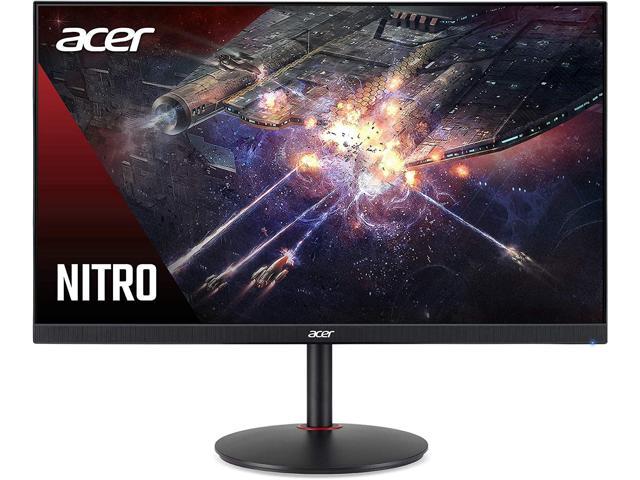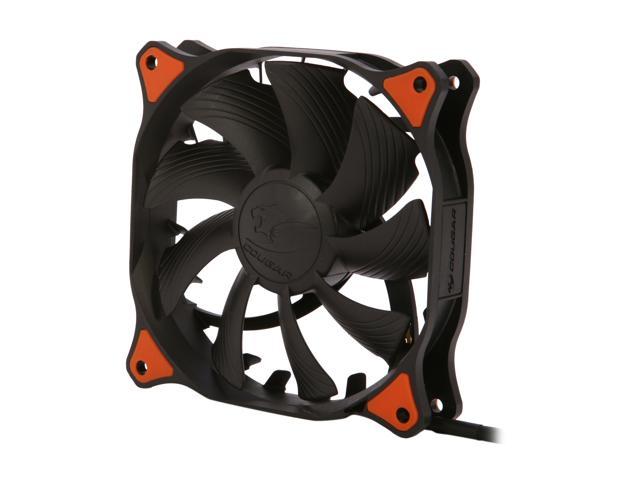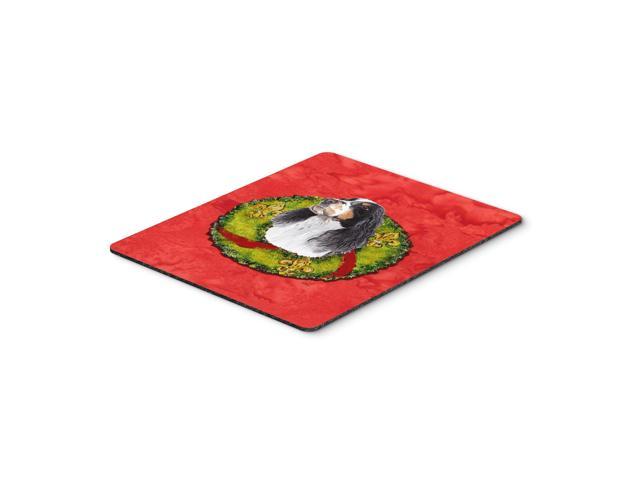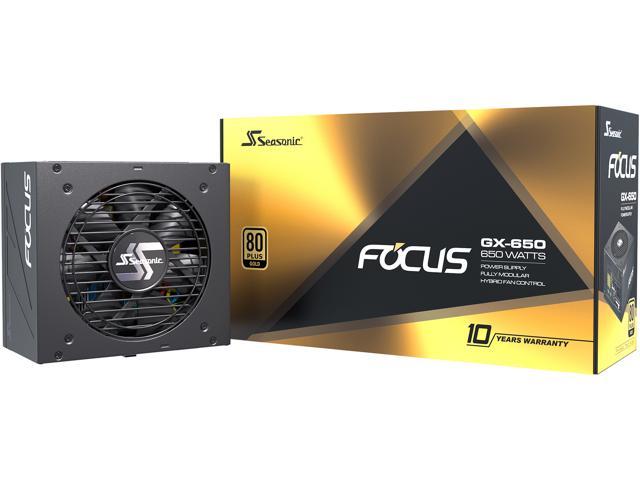A diagnostic tool for detecting damage to gears was developed. Two different measurement technologies, oil debris analysis and vibration were integrated into a health monitoring system for detecting surface fatigue pitting damage on gears. This integrated system showed improved detection and decision-making capabilities as compared to using individual measurement technologies. This diagnostic tool was developed and evaluated experimentally by collecting vibration and oil debris data from fatigue tests performed in the NASA Glenn Spur Gear Fatigue Rig. An oil debris sensor and the two vibration algorithms were adapted as the diagnostic tools. An inductance type oil debris sensor was selected for the oil analysis measurement technology. Gear damage data for this type of sensor was limited to data collected in the NASA Glenn test rigs. For this reason, this analysis included development of a parameter for detecting gear pitting damage using this type of sensor. The vibration data was used to calculate two previously available gear vibration diagnostic algorithms. The two vibration algorithms were selected based on their maturity and published success in detecting damage to gears. Oil debris and vibration features were then developed using fuzzy logic analysis techniques, then input into a multi sensor data fusion process. Results show combining the vibration and oil debris measurement technologies improves the detection of pitting damage on spur gears. As a result of this research, this new diagnostic tool has significantly improved detection of gear damage in the NASA Glenn Spur Gear Fatigue Rigs. This research also resulted in several other findings that will improve the development of future health monitoring systems. Oil debris analysis was found to be more reliable than vibration analysis for detecting pitting fatigue failure of gears and is capable of indicating damage progression.















